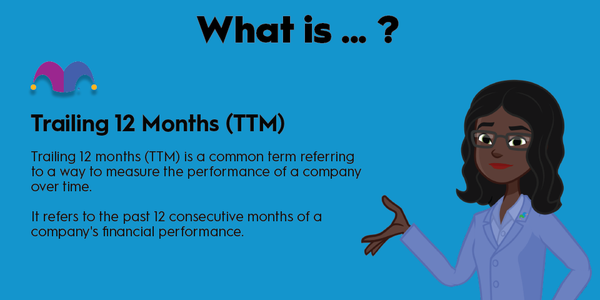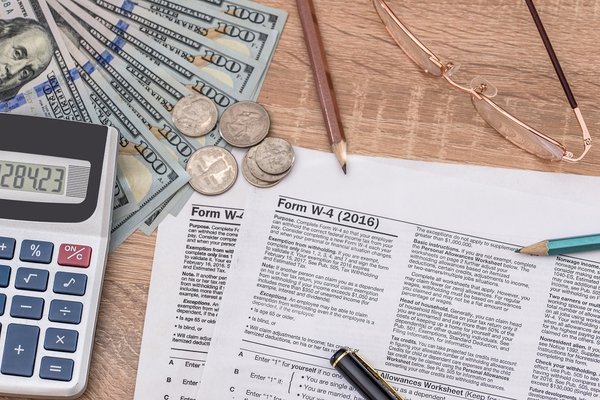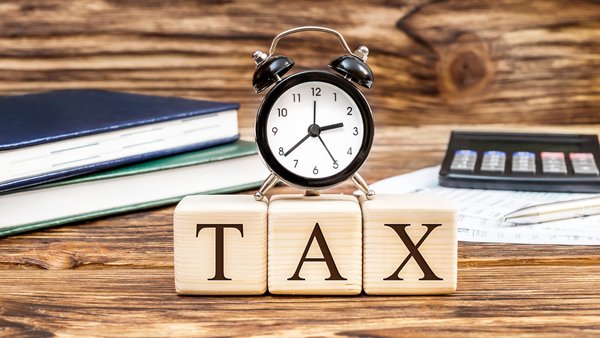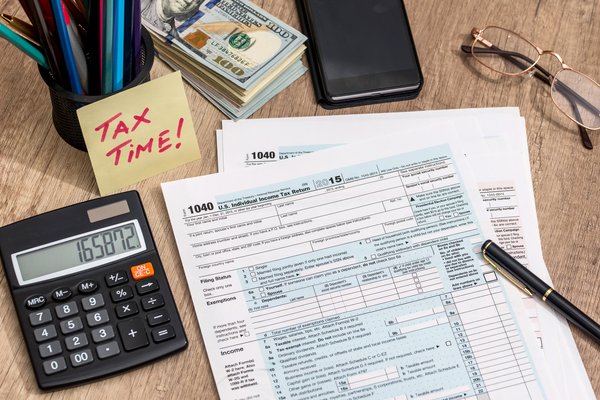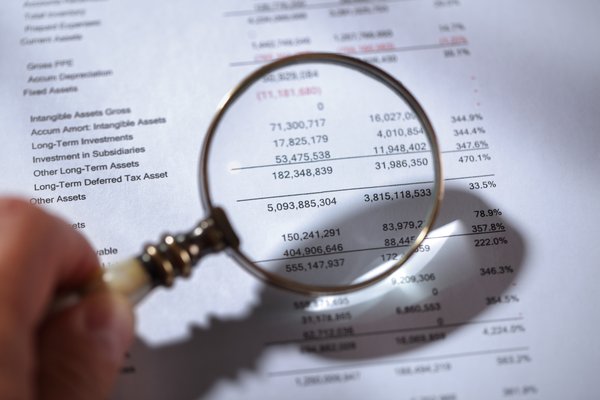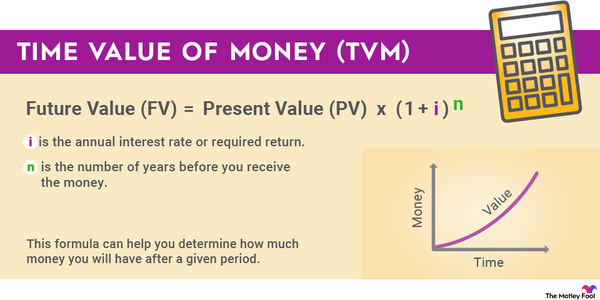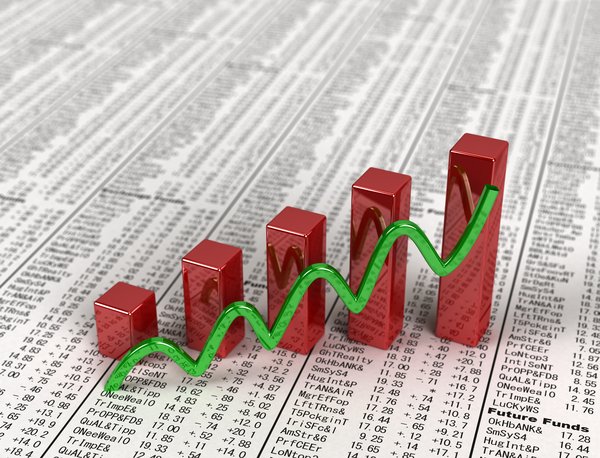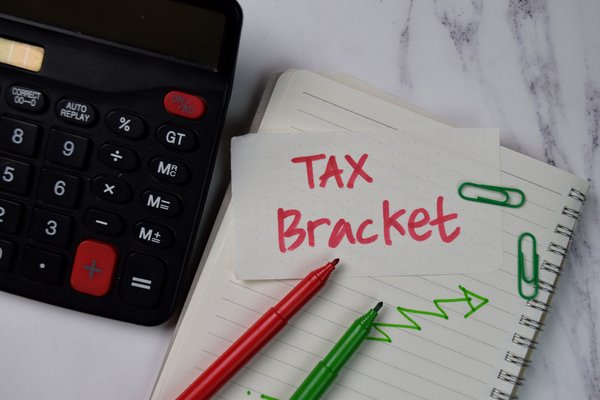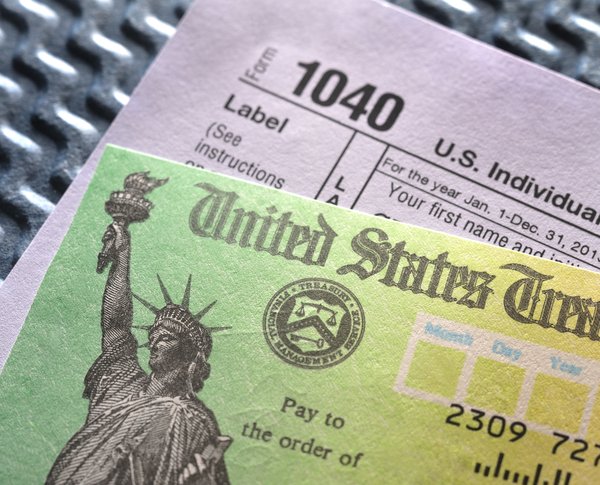If you love a parade and the history of stock investing, there's no more iconic item to become more familiar with than ticker tape. Ticker tape was once arguably the most fundamental office supply on Wall Street. You can learn more about it here.
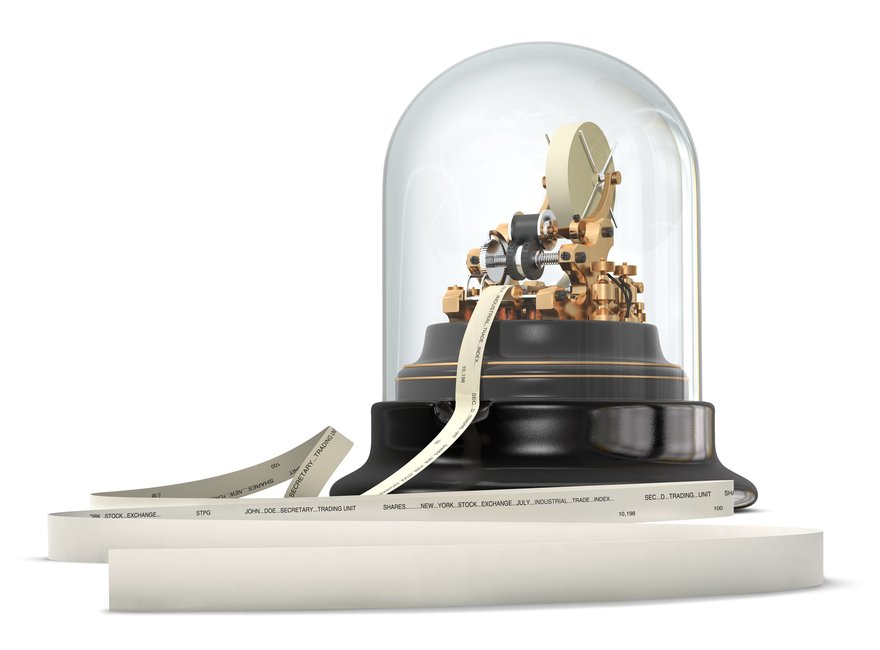
What is ticker tape?
Long before real-time tickers were available to investors, there were machines that transmitted trade information between traders and stock exchanges. These machines were called ticker-tape machines, and they used long strips of paper called ticker tape.
The first ticker-tape machines were created in 1867 by Edward Calahan, but they were later improved and patented by Thomas Edison in 1871. Although these original machines were upgraded substantially over time, they were not capable of reporting in real-time until the electronic ticker was commercialized in 1996.
Sometimes, the feeds that were born from this invention are also referred to as "ticker tape" or just as "tickers." You may see them running across the bottom of screens during news segments or across the web.
How original ticker tape machines worked
Ticker-tape machines were both simple and incredibly clever. Telegraphs were the height of technology when they were invented, so the first ticker-tape machines were designed to work with those same lines. Special keyboards were used to convert stock data into Morse code, which was then transmitted to the corresponding machine, read by it, and printed out on ticker tapes. It was great -- except for the 15- to 20-minute delay from the time a message was sent until it was delivered.
When the electronic ticker appeared in 1996, the entire world of stock investing changed. Everyone could see stock prices and moves in real-time and plan accordingly. The data that electronic ticker tape provides is still incredibly valuable to traders and investors across the globe.
How ticker tape is read
Ticker tape is pretty simple to read since it just has five major elements. Left to right, they are:
- Ticker symbol. This is the ticker symbol of your stock.
- Shares traded. How many shares were traded when this move was reported. It's not likely to be an entire day's worth of trading; more likely, a large volume trade.
- Price traded. How much the trade was priced per share.
- Change in direction. If the trade is higher or lower than the previous day's closing price. On an electronic ticker, this might be represented by a different color, with red commonly used for lower, green for higher, and blue or white for no change.
- Change in amount. The shift in price, regardless of direction.
The order that stocks appear on a ticker tape also matters. Data tends to be prioritized by the most active trading stocks by volume, largest price movers, commonly held stocks, large orders and stocks that are in the news.
Related investing topics
Ticker tape parades: A uniquely New York phenomenon
Most people these days are far less familiar with ticker tape as it was meant to be used, and far more familiar with it as street litter. That's because New Yorkers often celebrated with whatever they had around them. In the case of lower Manhattan, what they had happened to be ticker tape.
The first ticker tape parade was a spontaneous celebration of the dedication of the Statue of Liberty in 1886. Office workers noticed that when tossed out the window, their ticker tapes made a dramatic, showy swirling motion worthy of such an occasion, and it became an unofficial way to celebrate a lot of things.
In 1919, the first official ticker-tape parade took place to welcome soldiers home from World War I. From there, they became regular events, with papers flying out of Manhattan windows to help punctuate the celebratory environment of the parades through the streets. But, by the 1960s, ticker tape parades were becoming far more of a common nuisance than an over-the-top celebration, so were officially limited to specific and special occasions.
Today, you'll still see the odd ticker tape parade along the Canyon of Heroes, but it's done using shredded recycled paper instead of actual ticker tapes.




